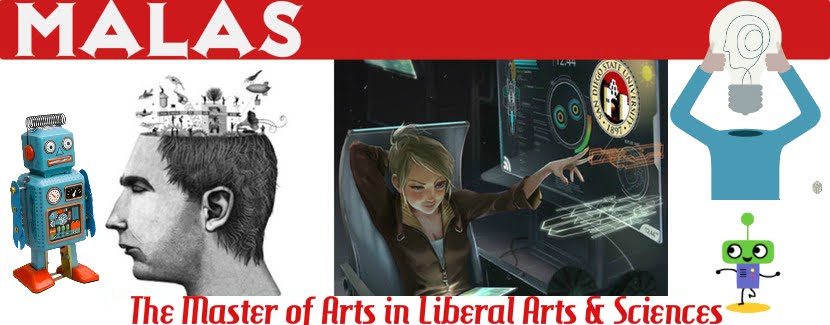- PHIL 555 / Empirical Perspectives of Buddhism
- Class# (Schedule#): 12745
- Meetings: Tuesday/Thursday 11:00-12:15
- Instructor: Dr. Sandra A. Wawrytko (wawrytko@sdsu.edu)
Description:
An exploration of twenty-five hundred years of Buddhist scholarship and practice in relation to contemporary empirical perspectives, including comparative analyses of epistemological methodology, the conundrum of consciousness, and contemplative science.
How real is the reality we perceive and conceive?
Philosopher and neuroscientist Joshua Greene speaks of “Supervenience” to explain our shifting perceptions of reality: “Imagine a picture on a computer screen of a dog sitting in a rowboat. It can be described as a picture of a dog, but at a different level it can be described as an arrangement of pixels and colors. The relationship between the two levels is asymmetric. The same image can be displayed at different sizes with different pixels. The high-level properties (dogness) supervene the low-level properties (pixels).”
Buddhist epistemology describes these cognitive shifts in terms of the Twofold Truth—we fixate on the picture of the dog, the tip of the iceberg of reality or provisional truth, because it is most obvious to us, unaware of the pixels’ complexity, the deep reality or transcendental truth. Neuroscientists study a corresponding shift between two attentional networks in the brain—task-driven dorsal attention and stimulus-driven ventral attention, yielding egocentric and allocentric awareness respectively.
Chair, graduate adviser, Philosophy DepartmentSan Diego State UniversitySan Diego, CA 92104-6044

